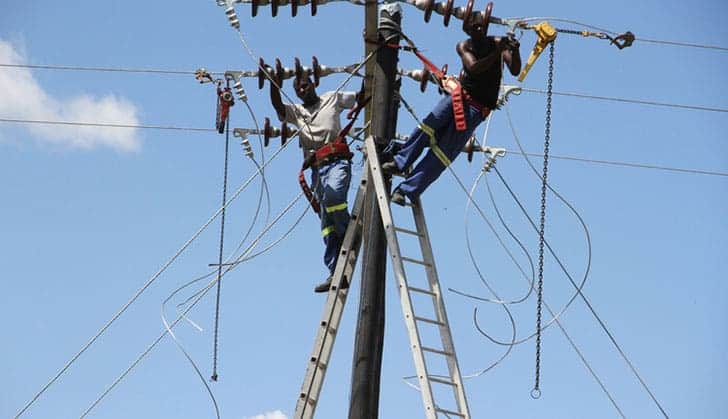The Rural Electrification Agency (REA) says limited funding from the Treasury is seriously hampering its national rural electrification programme.
REA, a subsidiary of the Zimbabwe Electricity Supply Authority (ZESA), was created by the government to provide power infrastructure in rural communities.
The rural electrification programme was initiated in 2002 following the enactment of the Rural Electrification Fund Act (2002).
The major thrust of the Rural Electrification Fund is to ensure that there is equitable distribution of resources in the electrification of the rural areas in Zimbabwe with hopes that by electrifying the rural areas, development will be accelerated.
Some of the projects that are anticipated to bring development in the rural areas include irrigation schemes and a number them have been electrified in different provinces.
Some of the sectors that have been electrified under this programme include, schools, health centres, business centres, government offices, villages, chiefs’ homesteads, small-scale farms and mines.
There are a number of works in progress, which are at a standstill due to financial constraints. The major source of revenue of the Agency comes from a 6% levy that is charged on electricity consumers.
The Agency did not receive adequate funding from the national fiscus, hence it is unable to meet all its obligations.
The Agency also needs US$33 million to buy equipment and activate phase II of the programme, which is still to be implemented.
None of the provinces have reached a 50% mark in terms of electrification of the major sectors.
The tables below show statistics per province and in 48 constituencies. The information is based on the data that is available and data on some constituencies is still being compiled.
Zwnews













